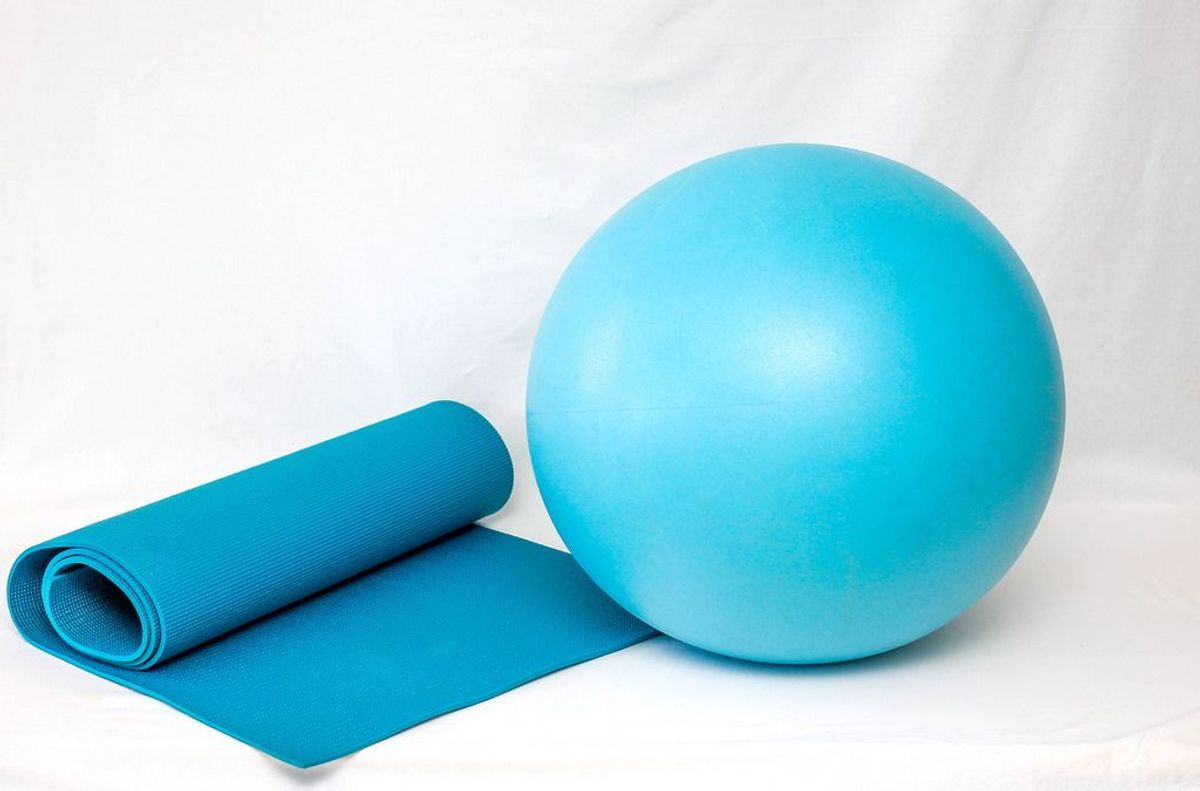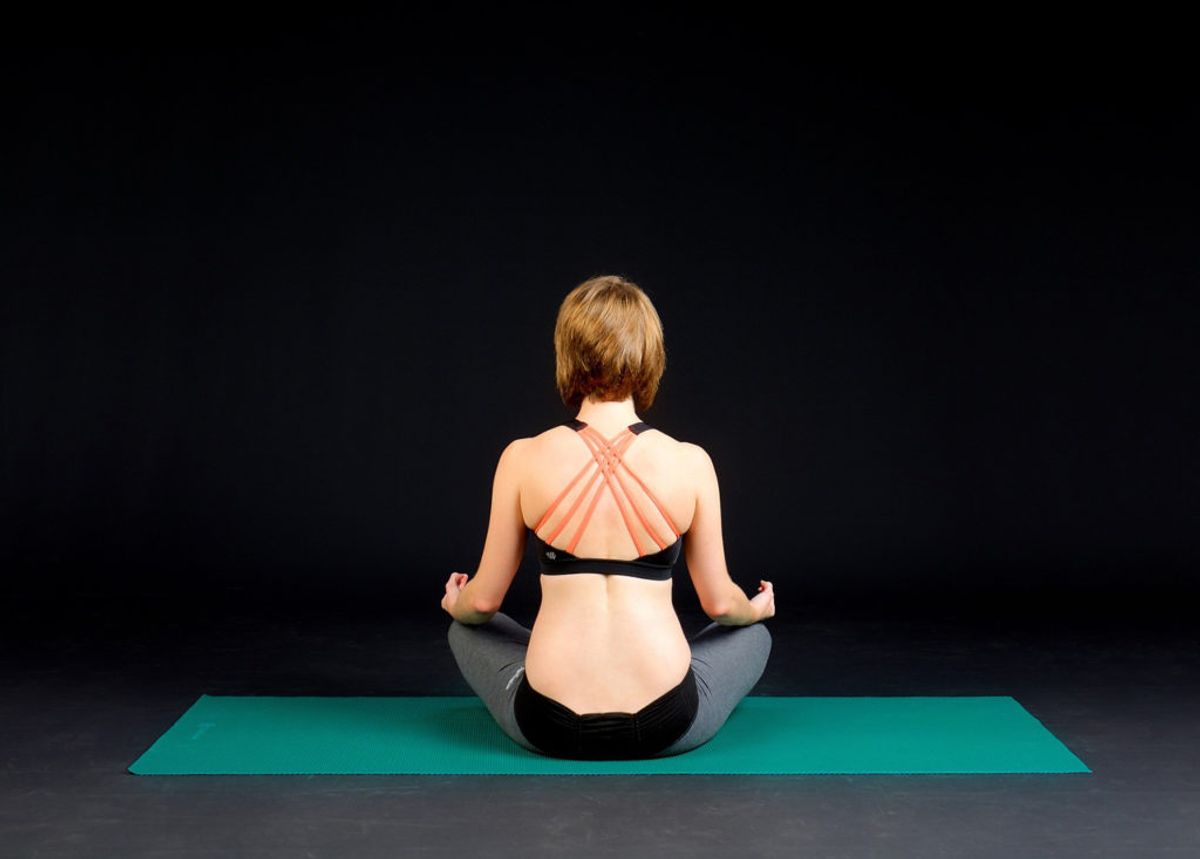
The Essential Guide to Choosing the Right Yoga Mat Dimensions
Choosing the right yoga mat dimensions is crucial for enhancing your yoga practice. The size, thickness, and material of your yoga mat can significantly impact your comfort, stability, and overall performance. This guide explores the essential aspects to consider when selecting the ideal yoga mat dimensions to suit your needs, preferences, and yoga style.
Key Takeaways
- Understand the standard dimensions of yoga mats and how variations can affect your practice.
- Consider the thickness of the mat for cushioning and the length and width for adequate space during poses.
- Choose a mat based on your body type, the style of yoga you practice, and your personal comfort preferences.
- Evaluate the material and texture for durability, eco-friendliness, and grip to enhance stability and performance.
- Look for features that offer convenience in terms of portability and storage, and explore specialty mats for specific needs.
Understanding Yoga Mat Dimensions
Standard Sizes and Variations
Yoga mats typically come in a range of standard sizes, with the most common being 24 inches wide and 68 inches long. Variations include wider mats up to 36 inches and longer mats up to 84 inches, catering to different body sizes and preferences.
Thickness and Its Impact
The thickness of a yoga mat can greatly affect comfort and stability. Standard mats are about 1/8 inch thick, providing a balance between cushioning and firmness. Thicker mats, up to 1/4 inch, offer more cushioning which is ideal for therapeutic practices or those with joint issues.
Length and Width Considerations
Choosing the right length and width of your yoga mat is crucial for a comfortable practice. Taller individuals may require longer mats, while wider mats can provide more room for dynamic poses. It's important to consider both personal comfort and the space available in your practice area.
Factors Influencing Yoga Mat Size Choice
Body Type and Size
Choosing the right yoga mat size is crucial for ensuring comfort, stability, and safety during practice. Body type and size are significant factors, as a mat that is too small can restrict movement and a mat that is too large can be cumbersome.
Yoga Styles and Their Space Requirements
Different yoga styles require different amounts of space. For instance, dynamic styles like Vinyasa or Ashtanga may need larger mats to accommodate more extensive movements, whereas styles such as Yin or Hatha might not require as much space.
Personal Comfort Preferences
Personal comfort is key when selecting a yoga mat. Some practitioners prefer extra padding for joint protection, while others might choose a thinner mat for better connection with the floor. It's important to consider how the mat feels and how it supports your yoga practice.
Material Considerations for Yoga Mats
Impact of Material on Size and Durability
Different materials not only affect the size and feel of a yoga mat but also its durability. Natural rubber mats offer excellent grip and durability, but tend to be heavier and thicker. PVC mats, on the other hand, are lighter and more adaptable in size but wear out quicker. The choice of material should align with the user's need for longevity and ease of transport.
Eco-Friendly Options
Eco-friendly yoga mats are made from materials like organic cotton, jute, and natural rubber. These options are not only better for the environment but often provide superior comfort and durability. Choosing an eco-friendly mat supports sustainability and can enhance the spiritual and ethical component of your yoga practice.
Maintenance and Care
Proper maintenance can significantly extend the life of a yoga mat. Here are some tips:
- Clean your mat regularly with mild soap and water.
- Avoid excessive sun exposure to prevent the material from degrading.
- Store your mat in a cool, dry place when not in use.
Remember, the right care depends on the material of your mat, so always check the manufacturer's recommendations.
The Role of Texture and Grip
Choosing the Right Texture
Selecting the right texture for a yoga mat can significantly enhance your practice by providing the necessary traction and comfort. Mats with a rougher surface can prevent slipping during more dynamic or sweaty sessions, while smoother mats might be preferable for slower, more meditative styles. Texture also plays a role in grip, with smoother surfaces being easier to clean and textured mats providing better traction.
Grip and Stability
The grip of a yoga mat is crucial for maintaining poses and ensuring safety. A good grip helps prevent injuries by reducing the likelihood of slipping. Mats with a high-quality grip are especially important for practices involving balance and transition movements. Look for mats labeled as 'non-slip' or those with a sticky texture to ensure maximum stability.
Impact on Yoga Practices
The texture and grip of a yoga mat can have a profound impact on the effectiveness of your yoga practice. Mats that offer better grip and appropriate texture can help in achieving proper alignment and deeper poses, which are essential for both beginners and advanced practitioners. Additionally, the right mat can aid in the prevention of fatigue and strain, making your practice more enjoyable and sustainable.
Portability and Storage
Travel-Friendly Designs
When selecting a yoga mat, consider designs that are lightweight and easy to fold or roll. Travel-friendly yoga mats are typically thinner and made from flexible materials that can easily fit into luggage or a backpack. Look for mats with carrying straps or bags for added convenience.
Storage Solutions
Proper storage of your yoga mat can extend its lifespan and maintain its condition. Utilize vertical or horizontal racks, or even specialized mat holders that can be mounted on walls. For those with limited space, consider mats that come with compact storage options like straps that allow for hanging.
Balancing Size and Portability
Finding the right balance between size and portability is crucial. Larger mats provide more space and comfort but can be cumbersome to transport. Aim for a mat that meets your space requirements while still being manageable to carry. Compact mats are ideal for frequent travelers or those who practice yoga outside their home.
Specialty Mats and Innovative Designs
Mats for Specific Yoga Types
Yoga mats designed for specific types of yoga cater to the unique needs of each practice. For instance, mats for Ashtanga or Vinyasa are often made with extra grip to accommodate dynamic movements, while those for Restorative or Yin yoga might be thicker for enhanced comfort during prolonged poses.
Technological Enhancements
Modern yoga mats often incorporate technological advancements to enhance the user's experience. Features like built-in alignment markers, heat responsiveness, and even antimicrobial properties are becoming more common. Choosing the right yoga mat dimensions is crucial for these features to function effectively.
Hybrid Mats
Hybrid mats combine the properties of traditional yoga mats with those of other exercise mats, offering versatility for people who practice multiple disciplines. These mats balance the need for grip, cushioning, and size, making them an excellent choice for multi-modal fitness enthusiasts.
Explore our range of Specialty Mats and Innovative Designs at Yune Yoga, where creativity meets functionality. Our unique collection includes everything from eco-friendly options to artistically inspired mats. Perfect for enhancing your yoga practice with style and sustainability. Visit our website to discover the perfect mat for your needs and take advantage of our free shipping on orders over $100. Elevate your yoga experience with Yune Yoga today!
Conclusion
Choosing the right yoga mat dimensions is crucial for enhancing your practice and ensuring comfort and safety. Throughout this guide, we've explored various factors such as material, thickness, length, and width, and how they cater to different yoga styles and personal preferences. Remember, the ideal yoga mat is one that aligns with your specific needs, providing the right balance of cushioning, stability, and space. Whether you're a beginner or an experienced yogi, taking the time to select the appropriate mat dimensions can significantly impact your yoga journey. Embrace the process and enjoy the path to finding your perfect yoga mat.
Frequently Asked Questions
What are the standard dimensions of a yoga mat?
Standard yoga mats typically measure about 68 inches long and 24 inches wide. However, variations exist for taller individuals or specific yoga practices.
How does thickness affect a yoga mat?
Thickness impacts comfort and stability. Thicker mats (around 1/4 to 1/2 inch) provide more cushioning but can be less stable for balance poses, while thinner mats (about 1/8 inch) offer more stability but less comfort.
What size yoga mat is best for my body type?
Choose a mat that allows you to comfortably perform poses without stepping off. Larger or taller individuals might prefer longer and wider mats.
Are eco-friendly yoga mats available in different sizes?
Yes, eco-friendly mats come in various sizes just like traditional mats. They offer the same range of dimensions but are made from sustainable materials.
What should I consider when looking for a yoga mat with good grip?
Look for mats with textured surfaces or made from materials like rubber that naturally provide better grip and stability during practices.
How do I balance portability and size when choosing a yoga mat?
For portability, opt for lighter mats or those that come with carrying straps. Thinner mats are easier to roll up and carry, but ensure they still meet your comfort and practice needs.


